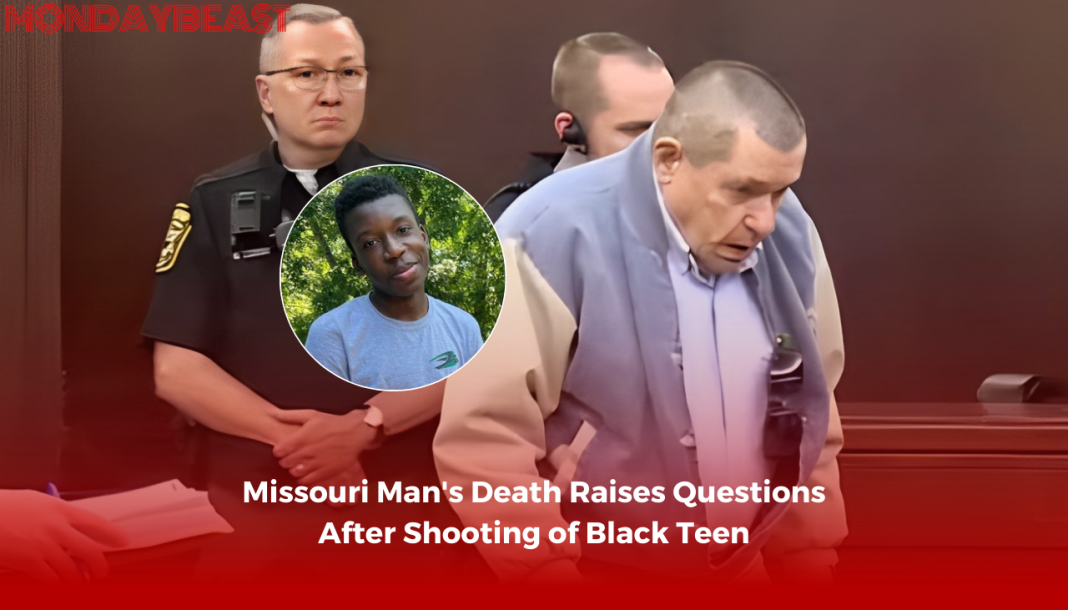The recent passing of Andrew Lester has sent ripples through a community already torn by grief. Just days after pleading guilty to a lesser charge related to the shooting of Black teenager Ralph Yarl, this news has left many grappling with emotions. What does this mean for accountability in cases of racial violence?

Andrew Lester, 86, faced serious charges for shooting a young Black man. In April 2023, Ralph Yarl mistakenly rang Lester’s doorbell, thinking he was at the right house to pick up his siblings. Instead of receiving a warm welcome, Yarl faced a harrowing ordeal and nearly lost his life. How can a simple mistake escalate to gun violence that can change lives forever?
Surviving the encounter, Ralph Yarl has since become a symbol of resilience. As he navigates his freshman year at Texas A&M, his family reflects on the anguish and trauma caused by the shooting. Their recent statement reveals a lingering sense of injustice surrounding Lester’s plea deal. What justice is truly served when the consequences come only after two years of delay?

Prosecutors confirmed that Lester had shown poor health recently. He was wheeled into court for his plea hearing, a frail figure weighed down by heart issues and the burden of his actions. His attorney argued that Lester acted out of fear and self-defense. This raises a critical question: can fear justify violence, particularly when it results in severe harm to an innocent individual?
On a quiet night in April, Yarl’s life changed dramatically. Instead of fond family memories, he is marked by trauma. He recounted the chilling moment when he rang the doorbell and felt an unusual silence. This led to him reaching for the storm door, prompting Lester to act defensively. The words, “Don’t come here ever again,” echoed in Yarl’s mind alongside the sound of gunfire. The profound impact of that moment continues to haunt him.

As news of Lester’s passing circulates, Yarl’s family cannot help but feel a profound loss. While they may have pushed for a speedy trial, the outcome offers a bitter taste. It raises significant concerns about closure and justice that many communities, especially those marked by racial strife, are keenly attuned to. How can healing begin when justice feels incomplete?
The case sparked nationwide debates about gun laws and racial dynamics in America. The question remains—how do we create a society where a mere doorbell ring doesn’t result in violence? The stakes couldn’t be higher, impacting not just families but entire frameworks of community trust and safety.
In conclusion, the passing of Andrew Lester doesn’t erase the incident’s trauma for Ralph or his family. It sparks new conversations about race, accountability, and the unpredictable consequences of fear. It leaves us wondering: what does justice look like in a society still grappling with issues of race and violence? Through Ralph’s journey to recovery, perhaps the broader dialogue on these pressing issues can be reignited.




